
Best of SAPIENS 2021

How to Work With a Developmental Editor

Is Love a Biological Reality?

Crisis and Opportunity—A Look at 2020

How to Write an Essay: A Guide for Anthropologists
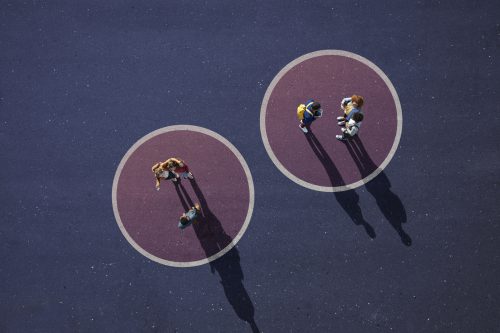
Why “We” Isn’t for Everyone
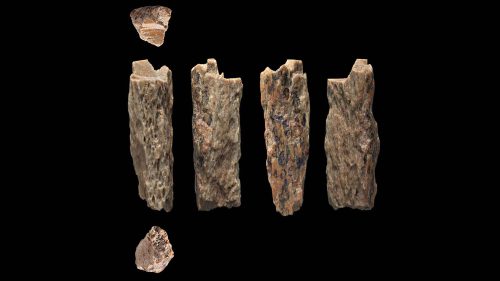
Humans in 2019—From Discoveries to Disasters
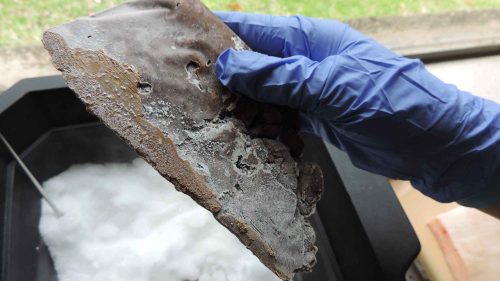
Case Closed: You Can’t Make a Knife Out of Frozen Poop

Genetic Factors May Help Explain Athletic Sudden Death
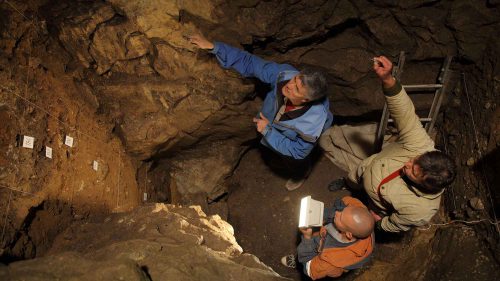
First Confirmed Denisovan Skull Piece Found

Visitor Log Chronicled for the Denisovan Family Home
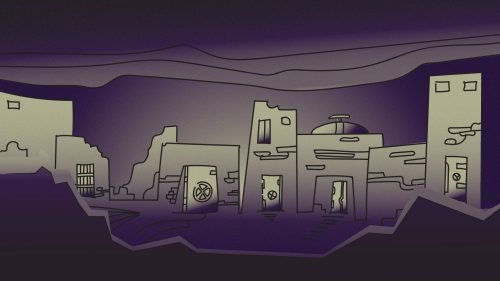
The End of the World as We Know It

The Rise of Emotional Robots

Meet Archaeology’s Beer Can Man
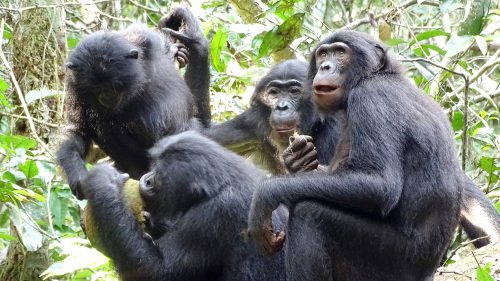
Bonobos Spied Sharing a Feast

Sea Level Rise Threatens Archaeological Sites
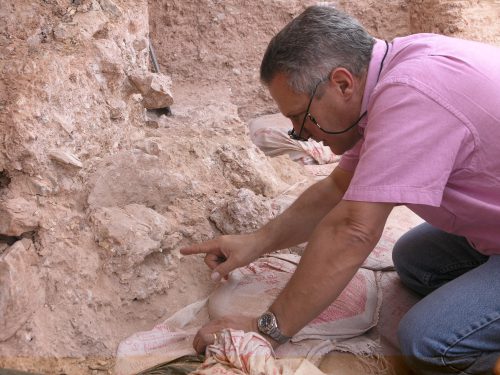
Oldest-Known Homo Sapiens Fossils Found

Do You See What I See?
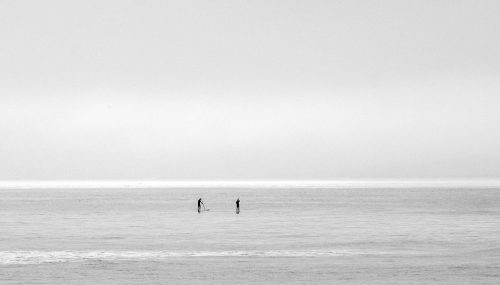
Why We Yearn for the Simple Life

North Dakota Access Pipeline Protests Spark Historic Declaration

The Birth of Indonesia’s Cyber Village

Stone Age Site Saved
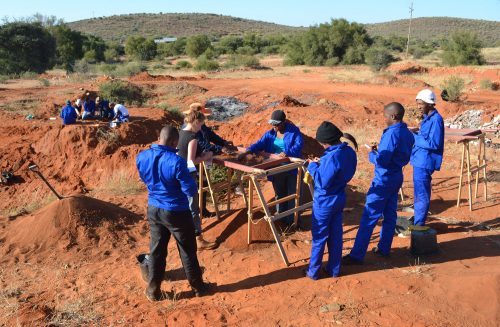
Diamond Mine Threatens Stone Age Artifacts
